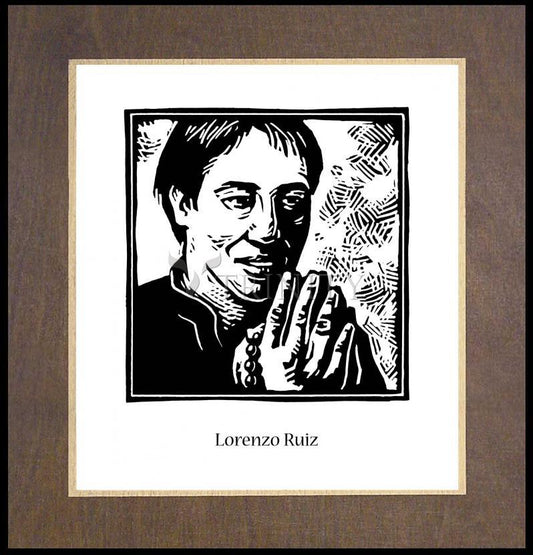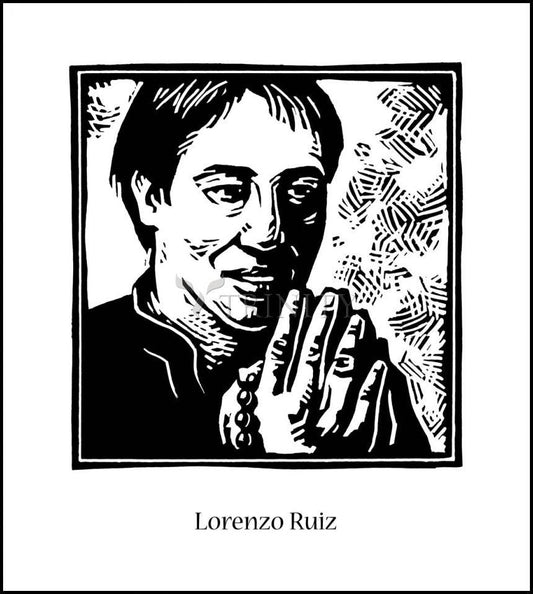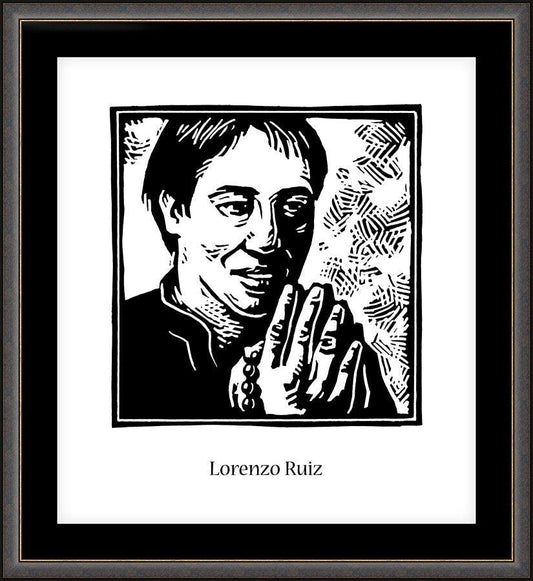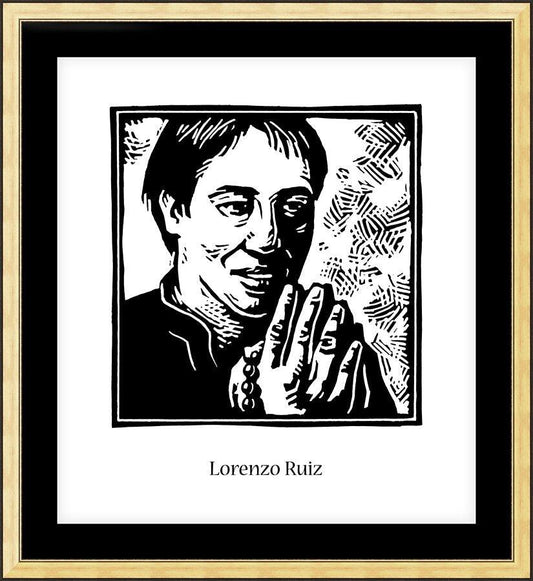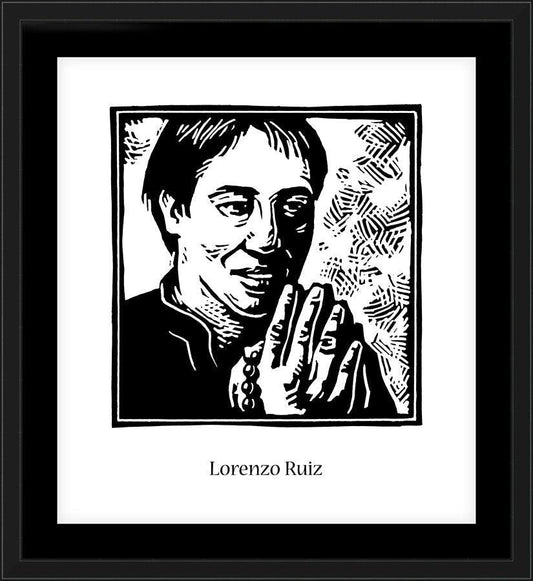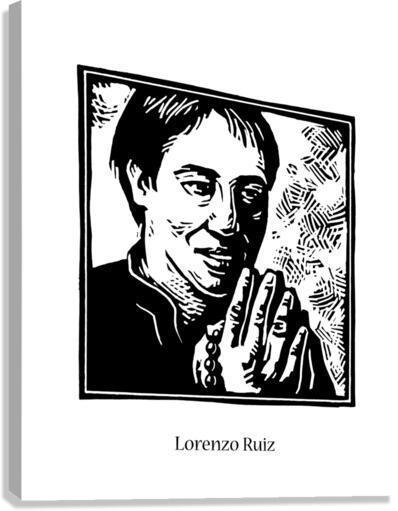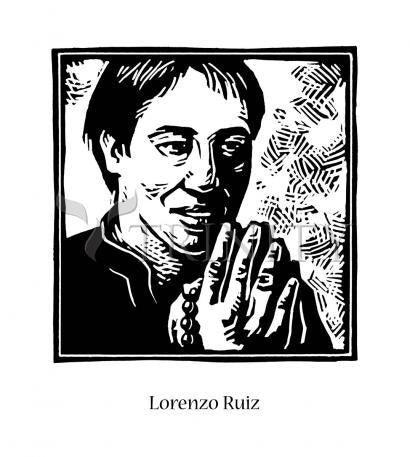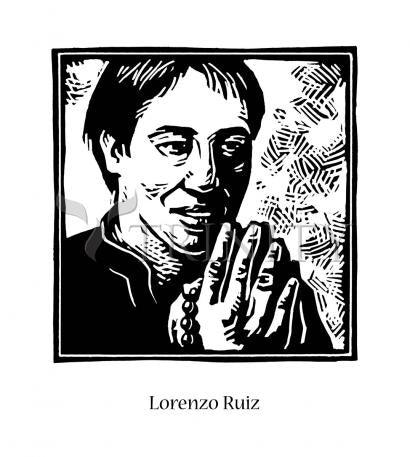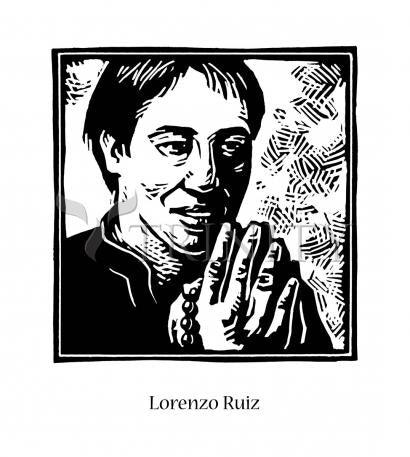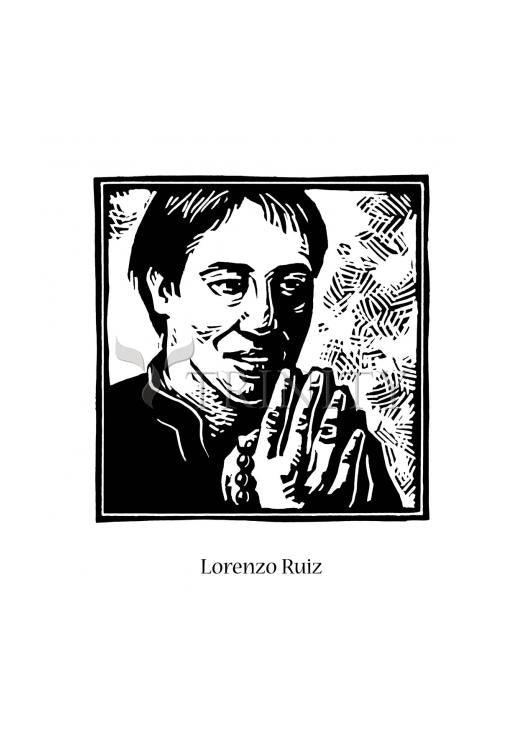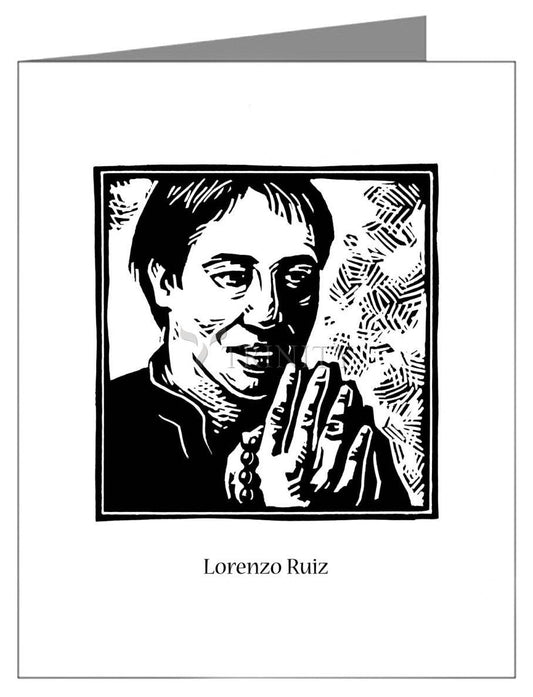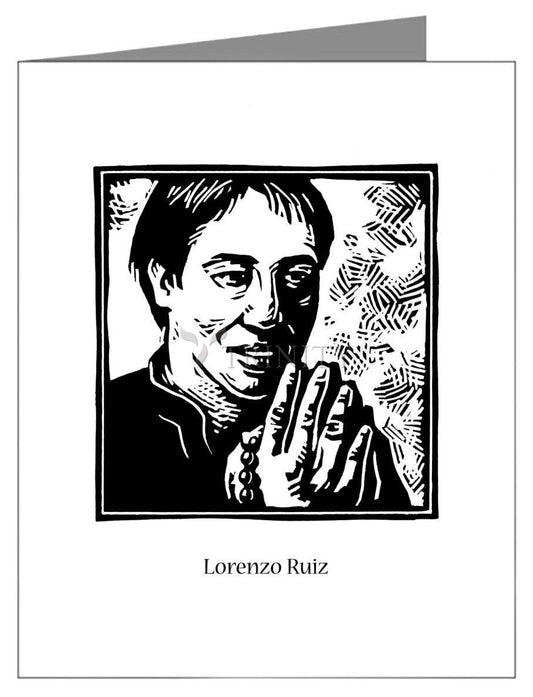Lorenzo had a Chinese father and a Filipino mother, both Christians. He learned Chinese and Tagalog from them and Spanish from the Dominicans whom he served as altar boy and sacristan. He was a professional calligrapher and documents transcriptionist. He was a member of the Confraternity of the Holy Rosary. Lorenzo was a married layman, and the father of two sons and a daughter.
For unknown reasons, Lorenzo was accused of murder. He sought asylum on board ship with three Dominican priests, Saint Antonio Gonzalez, Saint Guillermo Courtet, and Saint Miguel de Aozaraza, a Japanese priest, Saint Vicente Shiwozuka de la Cruz, and a layman named Saint Lazaro of Kyoto, a leper. Only when they were at sea did he learn that they were going to Japan during a time of intense Christian persecution.
Lorenzo could have gone to Formosa (modern Taiwan), but feared the Spaniards there would hang him, and so he stayed with the missionaries as they landed at Okinawa. The group was soon exposed as Christians, arrested, and taken to Nagasaki. They were tortured in several ways for days. Lawrence and the Japanese priest broke at one point, and were ready to renounce their faith in exchange for release, but after their moment of crisis, they reclaimed their faith and defied their tormentors. Lorenzo was the first canonized Filipino martyr.
Born: c.1600 at Binondo, Manila, Philippines
Died: September 29-30, 1637 at Nagasaki, Japan by being crushed over a period of three days while hanging upside down; body burned, ashes thrown into the Pacific Ocean
Beatified: February 18, 1981 by Saint John Paul II
Canonized: October 18, 1987 by Saint John Paul II



